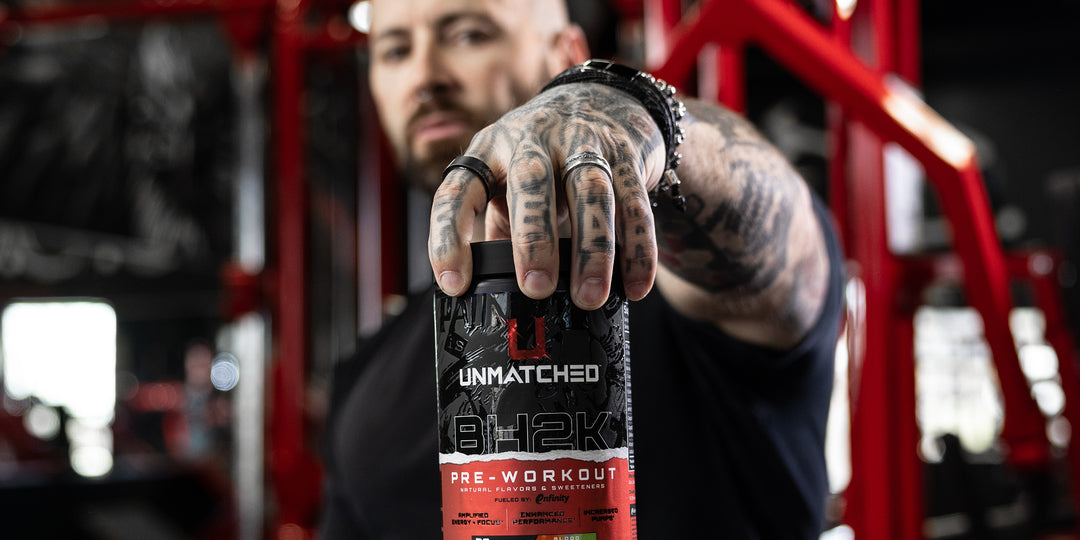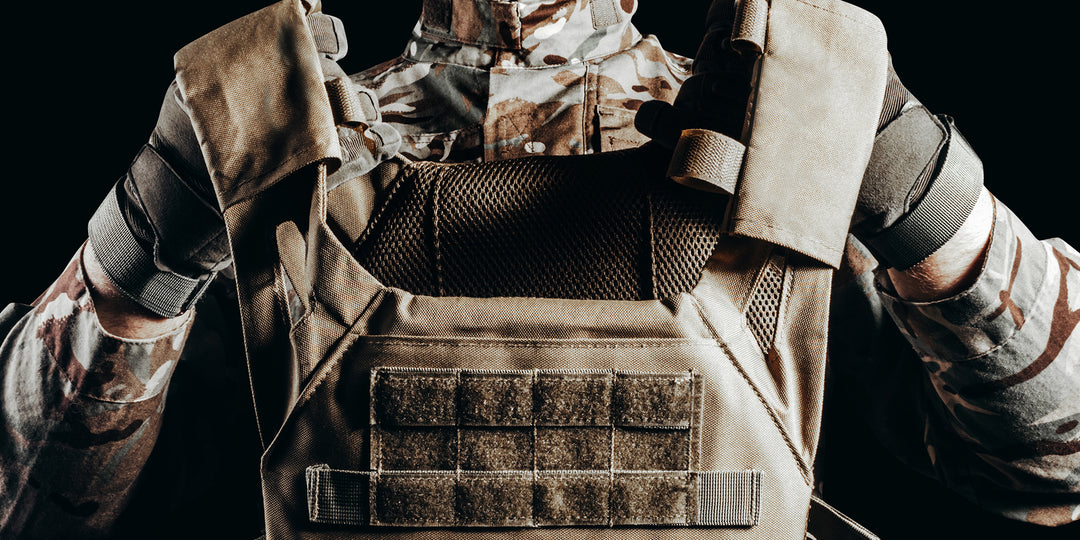Unmatched Bicep Training
From your average gym-goer to your competitive bodybuilder, everyone wants bigger biceps. One can perform hundreds of bicep curls, multiple times a week, and not see any growth in the biceps. However, applying the principles and routines laid out in this article, thick, dense arms, capped with peaked biceps, can be achieved by just about anyone.
Before reviewing the key exercises and principles needed to achieve great biceps, we first need to review the basic anatomy of the arm. The “bicep,” which is anatomically known as the biceps brachii, has two muscle heads, the outer short head and the inner long head. This muscle group, which spans from your elbow to your shoulder, allows for flexion and supination (rotating the palms upward) of the elbow and flexion of the shoulder joint. The brachialis and brachioradialis, two other major flexor muscles of the elbow joint, should not be ignored, as training these muscles is also crucial to developing fully developed biceps. The brachioradialis is really a forearm muscle that acts to flex the forearm at the elbow, while the brachialis is a muscle of the upper arm that lies just beneath the bicep brachii and is also a powerful flexor of the elbow (this is the muscle you can see running between the outer side of your bicep and tricep).
Now that you know the muscles involved in training the biceps, you can focus on putting together a solid arm training routine. Because you indirectly train your biceps when training your back (and even, to a lesser degree, your chest and shoulders), you only need to directly train your biceps approximately once a week. Also, train your biceps on their own day (with triceps). Many people like to train their biceps after a back workout, but by the time you finish your back workout, your biceps are already fatigued and you will not be able to overload them with a maximum load or volume.
Stick to basic free-weight exercises, like standing barbell curls and dumbbell curls, early in your workout, focusing on moving as much weight as possible with “controlled” form. Using completely strict form (with a locked back) can actually put more strain on your lower back than allowing for a slight “controlled-cheat.” This does not mean doing “good-mornings” in combination with biceps curls, but instead means you can use a slight bend in the back to initiate the beginning of each rep. This will allow you to move a greater weight and will stimulate more muscle fibers. When the biceps are swollen from a couple basic free-weight exercises, move on to some isolation type of exercises such as cable curls or machine curls to really fatigue the muscle and drive as much blood into the muscle as possible. Another key principle of properly training your biceps is to always include at least one movement which directly targets the brachialis, such as hammer curls. Having fully developed brachialis will add significant thickness and density to your arms, pushing the bicep up, making your biceps appear bigger, fuller, and more peaked. As with all other body parts, you get out what you put in; all sets much be performed with maximum intensity (except warm-ups and acclimation sets) to see maximum growth in your biceps. A typical bicep training routine, to be performed once a week along with triceps, could look like the following.
Exercise 1: Barbell curls
The first exercise is standing barbell curls. This is the best all-around mass builder for the biceps. Use a shoulder-width grip and concentrate on squeezing your biceps at the top. Warm-up with an easy weight such that you can get 15-20 reps with little effort. Pyramid up in weight, with the next sets being to failure at 12-15 reps, 8-10 reps, and 4-6 reps. On the last few sets, loosen up your form just slightly and allow for a bit of a controlled cheat. Again, this will reduce the chance of injury while at the same time maximize muscle growth. On your final set, after completing 4-6 heavy reps, drop the weight 30-40% and squeeze out as many reps as you can.
The straight olympic bars sometimes put strain on peoples’ wrists. If this is the case, you can use a “crinkle” or “ez-curl” bar to perform this first exercise. Another mass builder which can be substituted here is standing alternating dumbbell supinate curls. This is where your start with your palms facing each other and as you curl the dumbbell up, you turn your wrists so that your palms are facing your body.
Exercise 2: Dumbbell hammer curls
After barbell curls, next move to dumbbell hammer curls. Hammer curls are not strictly a bicep exercise, but also focus on developing the upper arm through the brachialis. Hitting this exercise hard and heavy early on in your workout will make sure you are developing full, well rounded, and proportional arms. Most people neglect training their brachialis, leading to flat, or narrow, looking biceps. With your elbows at your side, grab a pair of dumbbells with your palms facing each other and curl up like a regular curl without turning your wrist at the top. You should feel the strain on your bicep, forearm, and region between your bicep and tricep on the outer portion of your arm. Do one light acclimation set of 10-15 reps with each arm and then continue to pyramid up in weight while going to failure in approximately the same rep range as your first exercise. Once again, a drop set can be added on the last set. You can perform these one or two arms at a time and you can be seated or standing. Another alternative is incline hammer curls: perform the same hammer curl movement while sitting on a 45-degree inline bench.
Exercise 3: Preacher curls
After performing two primarily massing building exercise, move on to some isolation work. Although preacher curls can be a mass builder, they allow you to focus on developing the lower portion of you bicep (although most people mistakenly think these will only help build your peak). While loose form is okay on the first two exercises, the preacher curl forces you to use strict form to really isolate the lower portion of you bicep near the elbow joint. Lean up against a preacher curl bench with you arms extending over it and curl the bar (most likely an ez-curl bar) up until you fully contract the muscle and then extend all the way back again to full extension. Shoot for 3 sets to failure in the 8-12 rep range. You can also perform this exercise using a preacher cable curl machine or you can use dumbbells. For a real shock, every once in a while, perform this exercise using “21’s” where you do 7 partial reps from full extension to half way up, then 7 partial reps from half way up to full contraction, and then 7 full reps.
Exercise 4: High cable curls superset rope hammer curls
At this point your arms should be aching and fully pumped. The final exercises will help work on sculpting the peak and finishing off the forearms, brachioradialis, and brachialis. Stand in the middle of a cable station and grasp the D-shaped handles with the pulley’s set in their highest position. Keep your elbows slightly above shoulder height and curl your hands in toward the side of your head from both sides. Fully squeeze and contract your biceps as your arms pull in toward your head. This should look like you are performing a front double bicep pose but you are contacting your bicep slightly more so that your hands are close to your head (this is a great exercise to use when preparing for a show). After performing 8-12 reps to failure immediately change one of the pulleys to a low setting and use the rope attachment. Grasp the rope with your palms facing each other and perform a hammer curl motion for 10-15 reps. Perform this superset 3 times. To mix things up, the order of these exercises can be reversed with each other and can also be reversed with exercise #3 above. One alternative to the high cable curls is traditional standing cable curls and an alternative to the rope hammer curls is cable reverse curls (with palms facing down).
Putting it all together
Here are two sample workouts you could use that follow these principles.




